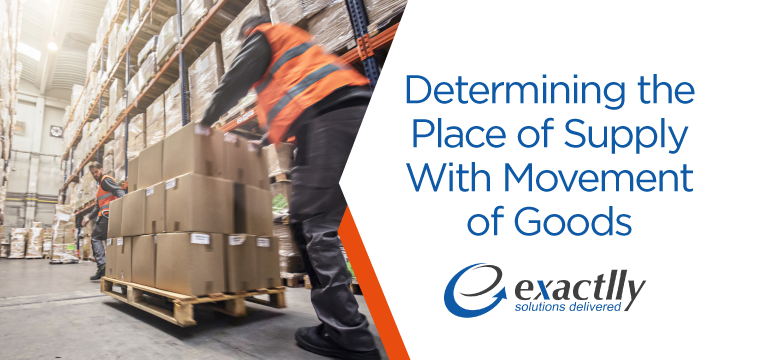We have previously discussed situations where the place of supply is determined based on no movement of goods. In this article, we aim to discuss the place of supply with movement of goods taking place.
Scenario 1
Tech Cart Electronics is a registered computer parts dealer in Mumbai, Maharashtra. It supplies 20 computers and laptops to Ghosh Electronics in Nasik, Maharashtra. In this transaction, the location of the supplier is Mumbai and the place of the supply of the goods is Nasik. Therefore, the goods are transported from Mumbai to Nasik and the delivery is done in Nasik. Owing to this, the place of supply is Nasik. This qualifies as an intrastate supply and the taxes levied on it are the CGST and SGST.
Scenario 2
Tech Cart Electronics is a registered computer parts dealer in Mumbai, Maharashtra. It supplies 10 power banks to Patel Electronics in Rajasthan. In this transaction, the location of the supplier is Maharashtra and the place of the supply of the goods is Rajasthan. Therefore, the goods are transported from Mumbai to Rajasthan and owing to this, the place of supply is Rajasthan. This qualifies as an interstate supply and the taxes levied on it is the IGST.
Scenario 3
In this scenario, we have highlighted the concept of termination of delivery of goods when goods are moved from the place of supply to the place of the recipient.
Tech Cart Electronics is a registered computer parts dealer in Mumbai, Maharashtra. It supplies 30laptops to Figgy Electronics in Gujarat to be delivered at the premises of Figgy Electronics in Gujarat. In this transaction, the location of the supplier is Maharashtra and the place of the supply of the goods is Gujarat. The goods are transported from Mumbai to Gujarat and the termination of such delivery happens in Maharashtra itself when the goods are being placed on board the mode of conveyance in Maharashtra. Therefore, the place of supply is Maharashtra. This qualifies as an interstate supply and the taxes levied on it are the CGST and SGST.





Leave a Reply